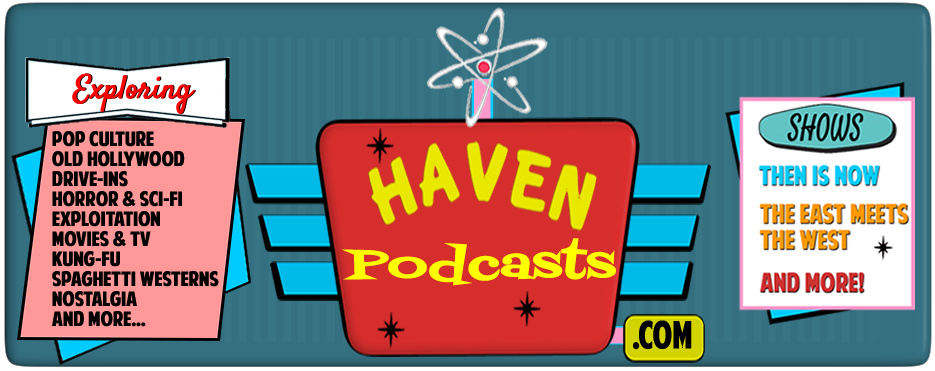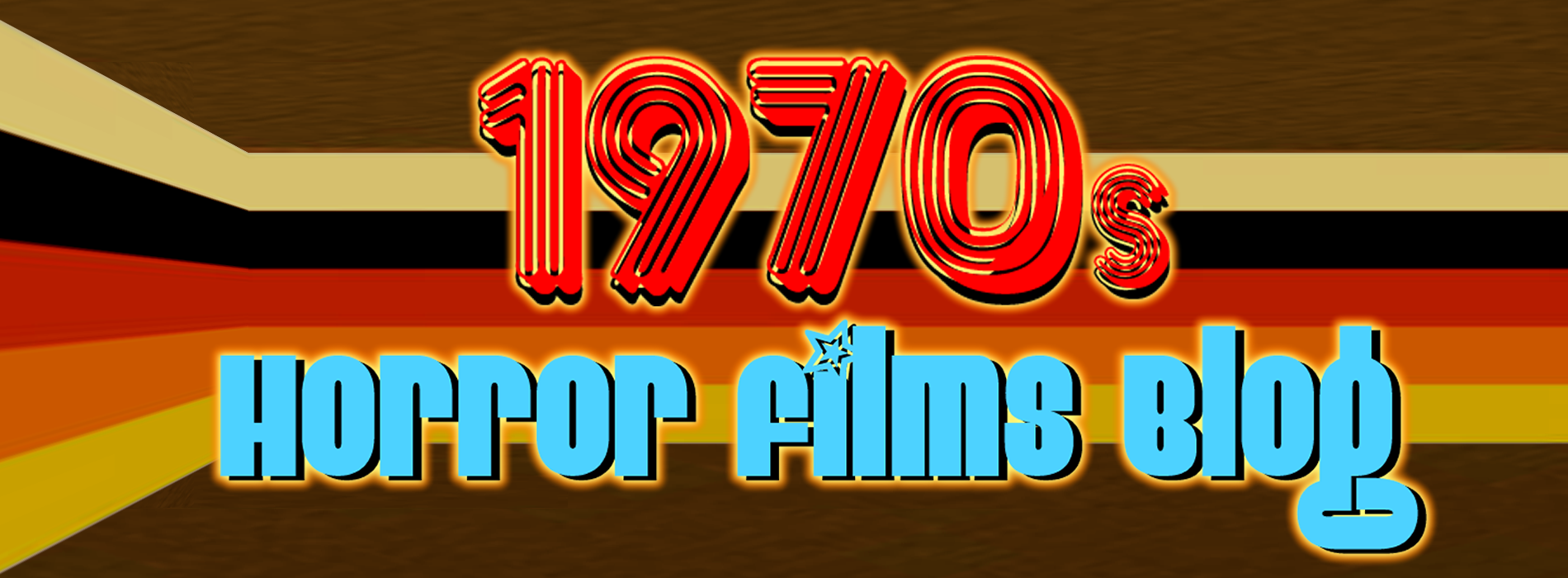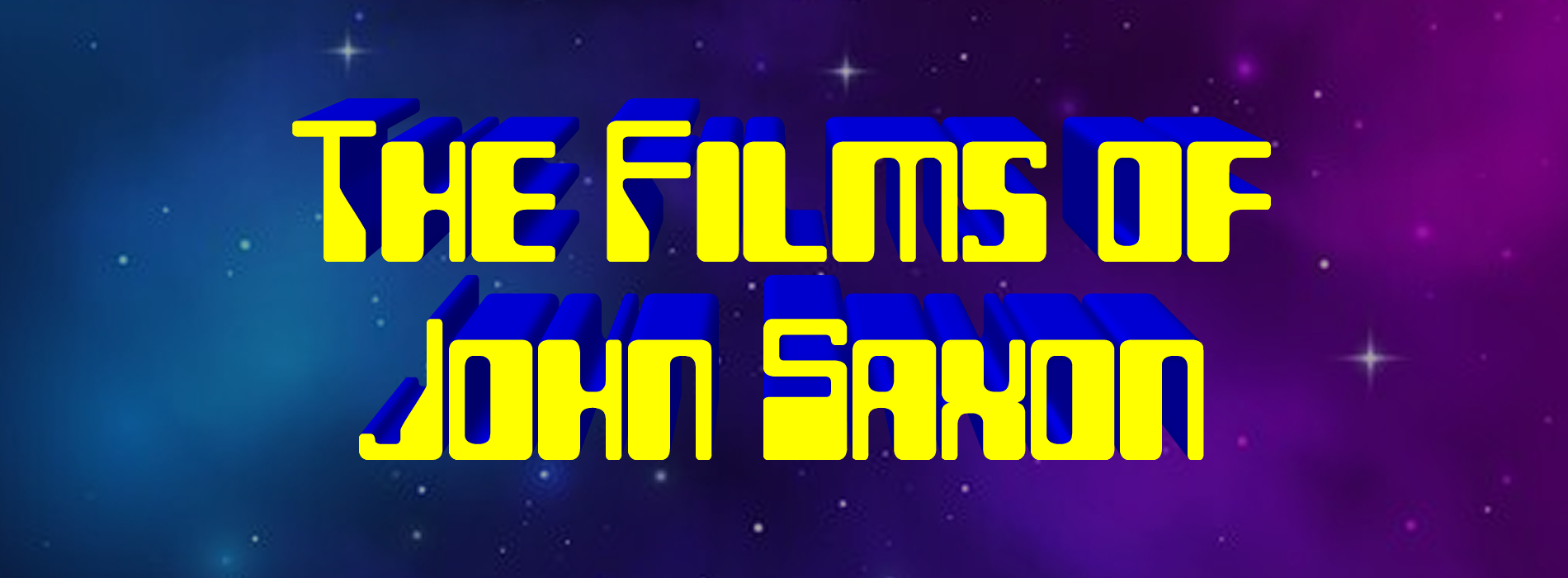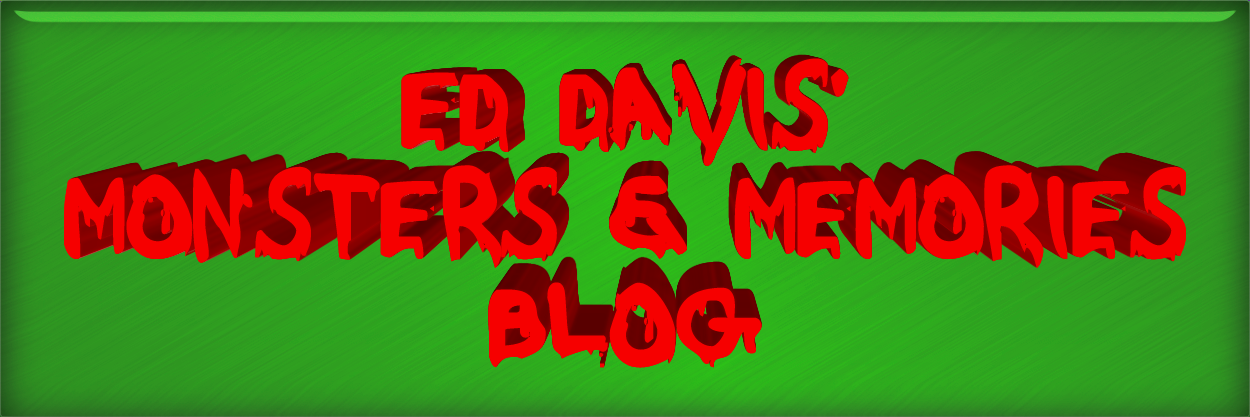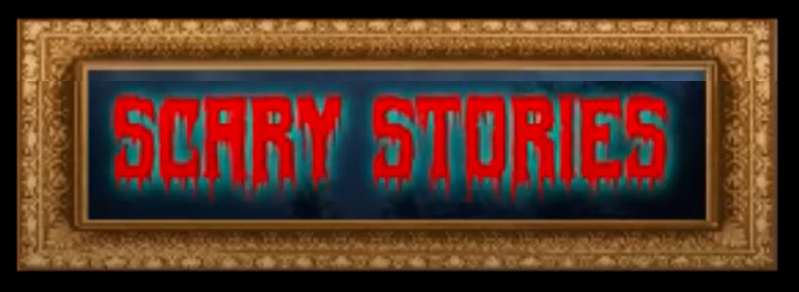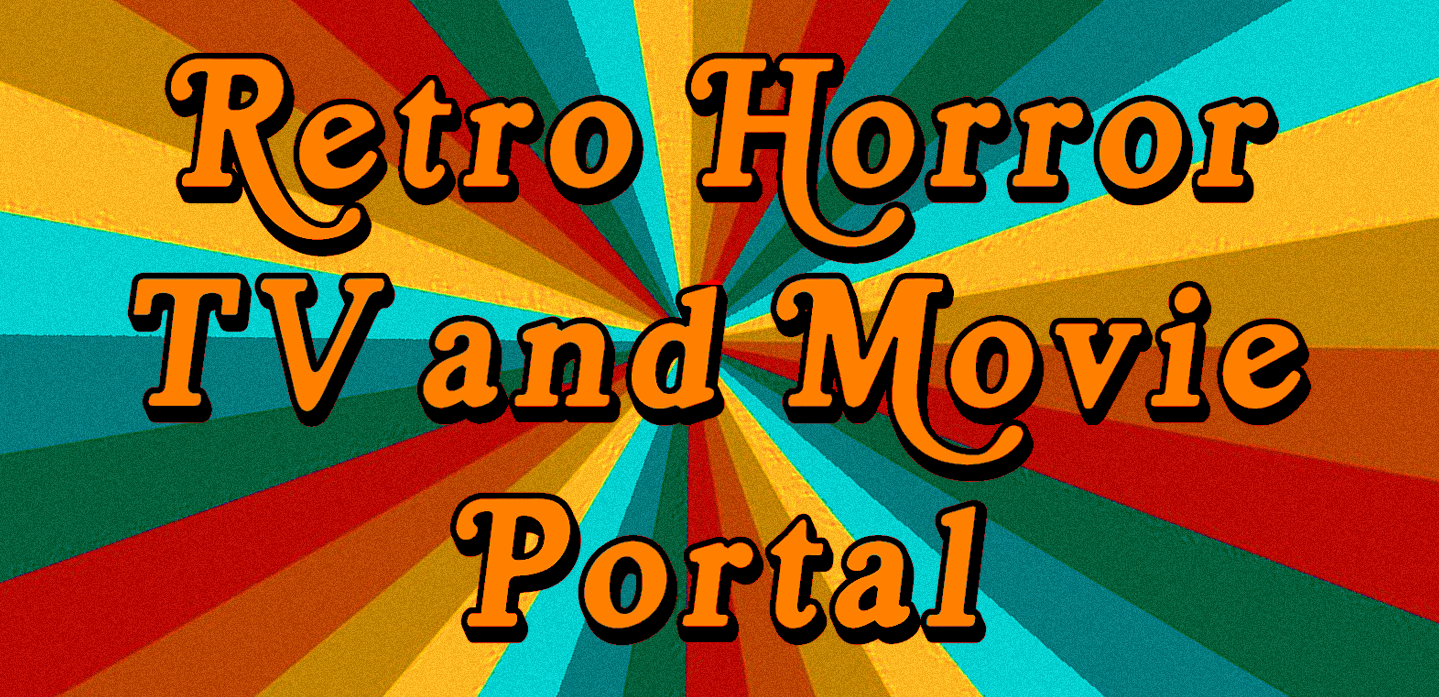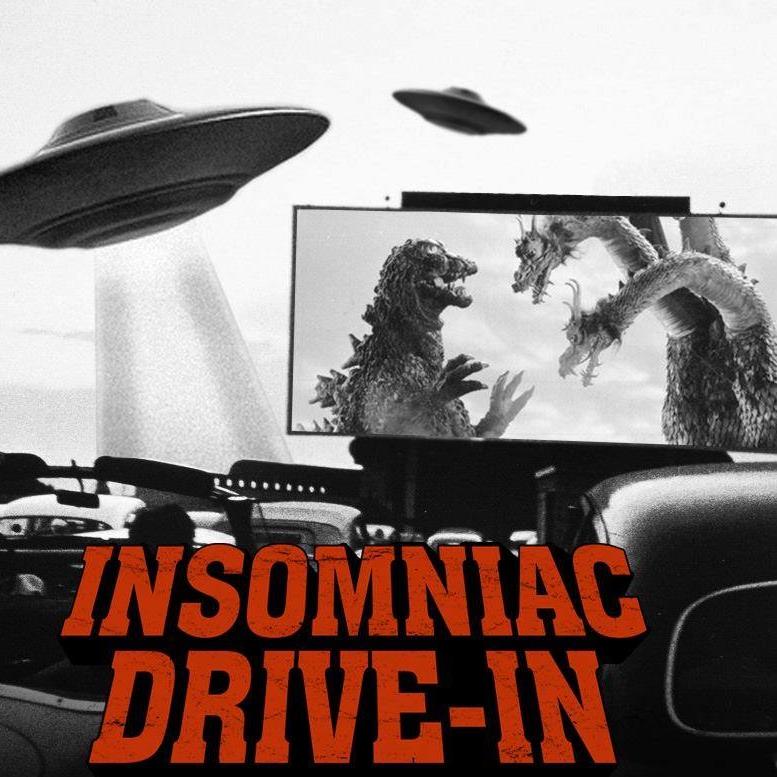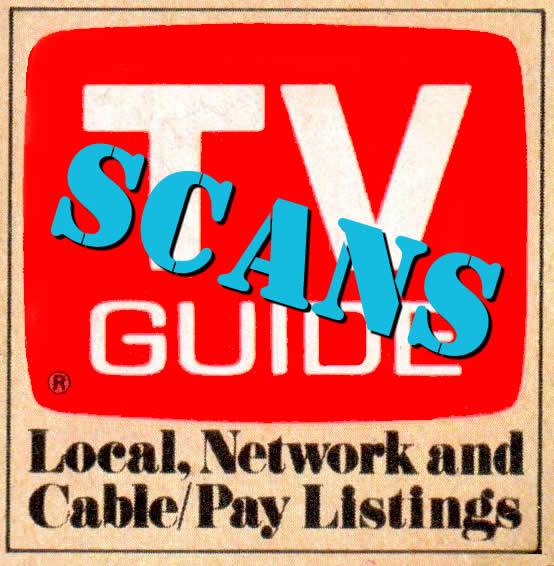If you haven’t heard me singing the praises of Four Star Studios by now then you’ve been living under a rock.  A couple months back, they rolled out their Double Feature digital comic book and each month, it rotates genres from the orginal Action Double Feature issue #1 with stories by Tim Seeley and Mike Norton, two of four Four Star Studios co-founders. Since the initial release, we’ve been treated with Horror Double Feature and SciFi Double Feature featuring the other other half of Four Star Studios, Josh Emmons and Sean Dove. The writers and artists involved in Double Feature include other industry names such as Robbi Rodriguez, B. Clay Moore and Kevin Mellon. When I got the chance to talk to Josh Emmons, I jumped at it and what follows is part one of our interview.
A couple months back, they rolled out their Double Feature digital comic book and each month, it rotates genres from the orginal Action Double Feature issue #1 with stories by Tim Seeley and Mike Norton, two of four Four Star Studios co-founders. Since the initial release, we’ve been treated with Horror Double Feature and SciFi Double Feature featuring the other other half of Four Star Studios, Josh Emmons and Sean Dove. The writers and artists involved in Double Feature include other industry names such as Robbi Rodriguez, B. Clay Moore and Kevin Mellon. When I got the chance to talk to Josh Emmons, I jumped at it and what follows is part one of our interview.
Shaun Daniels: Who is Four Star Studios?
Josh Emmons: Four Star, the studio, is a building in Chicago. It’s become home to a few different migrating artists and interns over the last year and a half (they’re like hermit crabs!). But the people who pay for the studio are Tim Seeley, Mike Norton, Sean Dove, and me. And when we release something under the “Four Star” name, those are the people involved.
SD: How did the creation of the Studios come about?
JE: We all knew each other and knew we had some similar ideas about the hows and whys of comics. But we started working together, essentially, because Tim’s easily distractible and can’t work form home. He had desk space at Devil’s Due [Publishing] for a long time but when they closed shop, he was stuck. He started asking around for people who’d want to go in with him on studio space somewhere. Sean was in the same situation and was an easy sell, while I had just finished up a round of chemo and was eager for a change of scenery. Mike, actually, really likes working from home and initially, had to be guilted into signing up. He assures us he’s happy he did now, though.
SD: At what point in the creation of Four Star Studios did Double Feature come about?
JE: Fairly late, actually. It was the combination of a lot of things we’d been talking about around the studio for a while. Things like, “Can digital be profitable?” and “How can we make comics affordable?” and “How can we expand the readership?” None of our answers for any of those questions were notable on their own. But after they accumulated and reached a sort of critical mass, we realized we could make one thing that incorporated all of them…that’s when we had DoubleFeature.
SD: Talk a little bit about the format of Double Feature in regards to the content and release schedule?
JE: Content-wise, we theme our books around genres: Action, Horror, SciFi, and Fantasy. The genres are there to serve both readers and creators. Readers, of course, so you know what you’re getting. But they also serve as a reminder to creators that there’s more to comics than superheroes. We think a big part of expanding the comic readership involves expanding the topics covered by comic stories. Our enforced genres are a neat way of making sure that happens. Release-wise, we try as hard as we can to stick to a monthly schedule, and we’ve been fairly good about that. To the extent that we’re late by a few days, it’s usually because we’re waiting for approval from Apple to push our stories out on the iPad. Not that it’s Apple’s fault — we’re just new at this. We often refer to Double Feature as an experiment; one that we’re running to learn about digital comics. And managing the approval process has been one of those unexpected lessons we needed to take in.
the comic readership involves expanding the topics covered by comic stories. Our enforced genres are a neat way of making sure that happens. Release-wise, we try as hard as we can to stick to a monthly schedule, and we’ve been fairly good about that. To the extent that we’re late by a few days, it’s usually because we’re waiting for approval from Apple to push our stories out on the iPad. Not that it’s Apple’s fault — we’re just new at this. We often refer to Double Feature as an experiment; one that we’re running to learn about digital comics. And managing the approval process has been one of those unexpected lessons we needed to take in.
SD: Is Double Feature DRM [Digital Rights Management] If not, why?
JE: Yes and no. We offer issues both on the iPad and as PDFs. The PDF story is pretty straightforward: no DRM of any kind. The iPad is more complicated. We don’t add any of our own DRM to the files but that doesn’t mean you can just copy them wherever. That would require jailbreaking the iPad and reverse engineering our (admittedly simplistic) file format. So if you’re not comfortable with that kind of geekery and want something you can copy around to a bunch of different devices, stick with the PDF version! As to why  we haven’t DRM’d everything, there are practical and philosophical considerations at play there. We’re a very small company (just four people!). We have to be really careful how we spend our time, and DRM is complicated. If we had decided to dive down that rabbit hole, we probably wouldn’t have published our first book yet! But also, us being so small, it’s even more true than usual that if you pirate or copy our books, we won’t be able to make any more. It really wouldn’t take many pirates to sink us. We think our readers are smart enough to understand that and are willing to pony up 99¢ to make sure the stories they like keep showing up.
we haven’t DRM’d everything, there are practical and philosophical considerations at play there. We’re a very small company (just four people!). We have to be really careful how we spend our time, and DRM is complicated. If we had decided to dive down that rabbit hole, we probably wouldn’t have published our first book yet! But also, us being so small, it’s even more true than usual that if you pirate or copy our books, we won’t be able to make any more. It really wouldn’t take many pirates to sink us. We think our readers are smart enough to understand that and are willing to pony up 99¢ to make sure the stories they like keep showing up.
SD: You also went with PDFs for a desktop/laptop platform. Why do that when so many other digital comic providers are focusing on just smartphones and tablets (drive-through comics being the exception)?
JE: It’s another matter of us being a small team and trying to do things as simply and quickly as possible. This all started on the iPad. It brought together all the form, simplicity and features that we wanted to showcase in DoubleFeature. We still think the iPad is the best platform going for Double Feature and comics in general. But at the same time, there are a lot of different platforms out there. Even if we were to focus on just smartphones and tablets, that still leaves us with a list that includes the iPhone, Windows Phone 7, Blackberry, HP WebOS, and about a billion different shapes and flavors of Android. That’s a lot of diversity and we could never hope to support all. But they do have one thing in common: they can all display PDFs. As can desktops, of course! So PDFs are really just the cheapest, simplest way for us to cover all our bases, leaving us free to focus our development work on the platform we feel has the most potential.
SD: How did you come to the 99¢ price point?
JE: We didn’t! That battle’s already been fought and won by iTunes. Mind you, I don’t think it was a very hard fight. There’s something about the 99¢ price that people naturally accept. If you want to buy something for $1.04, you stop and think about it. At 99¢, you just do it. It has a magical way of disengaging your critical thought processes. And, as we’re always quick to point out, that’s not us being all cynical, money-grubbing bastards. We want our readers to be happy reading our comics. Part of that means giving them a price they’re comfortable with; one they don’t have to think about or fret over.
SD: Is 99¢ viable for the creators considering many of the big companies have a $1.99 price point?
We think so, though that’s another thing we’re hoping to learn from the Double Feature experiment. A big difference between us and everyone else out there is they started with their content and asked, “How much is this worth?” We started with the pice of 99¢ and asked, “How much content can we make for that?” That’s why we have two eight-page stories instead of one 22-24 pager. That’s why we have cool features like commentary and production art that gives our content more reread value but doesn’t cost us anything extra to make.
why we have two eight-page stories instead of one 22-24 pager. That’s why we have cool features like commentary and production art that gives our content more reread value but doesn’t cost us anything extra to make.
What’s so wrong with $1.99? Well, for $1.99 I can buy a whole TV episode of Firefly. That’s a solid 45 minutes of awesomeness. Can you think of a single 22-page comic that engrosses you thoroughly for 45 minutes? That’s what we’re up against in this field. We need to start thinking of creative ways to address it.
SD: Is there room in the digital marketplace for digital comic providers, Comixology and Graphic.ly, since many companies have their own apps like yours (e.g. Marvel, DC, Boom Studios, etc.)?
JE: I think this is a question of whether it’s better to be horizontally or vertically-oriented in this market. In every other market I can think of, the answer is “both.” Someone like Microsoft is phenomenally successful making one piece of the puzzle that ends up being a computer. Someone like Apple is phenomenally successful controlling the whole thing, from soup to nuts. Of the two strategies, we’d much rather be the soup-to-nuts guys. We think that gives our readers better quality in the long run. Double Feature is a pretty good example of that. We’re four guys with no budget and we still made something in a fraction of the time that, in a lot of ways, is better than ComiXology. Why? Because we got to control everything and really sweat the details. But that doesn’t mean there’s not a space for horizontal players. Remember, the Marvel, DC, Image, and even Boom! apps are all just rebranded versions of ComiXology. So none of these guys have much to say about the end user experience. They just hand off their pages to a third party distributer (ComiXology, Graphic.ly, etc.) and then they’re done with it. But this is what they’ve always done. They’ve been making money using a third party distributer (Diamond) for a long, long time. It’d be naive to think that’s all just going to go away. At the same time, we’ve been able to accomplish an awful lot with very little by being vertically integrated. So we’re happy with where we are.
SD: Do you see other studio creators following in your footsteps?
JE: Will they? I sure hope so! We’d even be glad to help them out as much as we can. It’s kind of like indie comics. The more people that read an indie title (any indie title), the better it is for all indie publishers because it makes the very idea of alternative content that much more mainstream. The way we see it, the more people out there doing this, the larger the market for our fantastic stories! Should they? That’s harder. It’s precisely because we didn’t have an answer for that question that we decided to dive in and make Double Feature. We’re still waiting to see how it turns out, so watch this space!
SD: Is the approach to creating comics changing considering people would be reading Double Feature on smartphone/tablet/PC?
JE: One of the reasons we love the iPad is its dimensions are very close to the printed layout we’ve been using  for years. We haven’t had to change a whole lot, design-wise, to make it work. Though it’s early days, still. As creators get to know the platform better, I think they’ll start pushing the envelope. I know the colors in Robbi’s latest sci-fi story (Kayross) take advantage of digital screens by using super bright pastels that couldn’t be reproduced by a four-color process, for example. For me, though, the biggest challenge has had nothing to do with digital files or tablets or screens. It’s been learning to fit a solid narrative into eight pages! But that kind of compressed storytelling is a good thing to practice and pays off in the end.
for years. We haven’t had to change a whole lot, design-wise, to make it work. Though it’s early days, still. As creators get to know the platform better, I think they’ll start pushing the envelope. I know the colors in Robbi’s latest sci-fi story (Kayross) take advantage of digital screens by using super bright pastels that couldn’t be reproduced by a four-color process, for example. For me, though, the biggest challenge has had nothing to do with digital files or tablets or screens. It’s been learning to fit a solid narrative into eight pages! But that kind of compressed storytelling is a good thing to practice and pays off in the end.
SD: What went into the design of the user interface of Double Feature?
JE: Most of our design was figuring out what to leave out. We want technical neophytes to be able to use this app, so it has to be as simple as possible. A good example of this is our storefront. When you launch, say, ComiXology, you’re presented with this huge screen of new comics, featured comics, favorite comics, a rotating carousel of comics…then you click on search, and you can search by title, or author, or series, or… it’s all too much. By limiting our app to just a series (Double Feature) instead of a whole line of all our comics, our storefront is very minimal. Comics to buy are in a line across the top. Comics to read sit along the bottom. No overload of choices when you come in. No need to search for content. Just simple, one-dimensional lists you can scroll back and forth across with ease.
Don’t forget to check out our sister site www.horrorhaven.com and click on The Fright Channel, the web’s best 24-hour horror network, to see what’s playing. Follow us on Twitter @FrightChannel to keep up with the latest news and updates, and friend us on Facebook. Subscribe to our RSS feed and never miss an update.
Feedback is always welcomed at shaun@horrorhaven.com and sharon@horrorhaven.com
